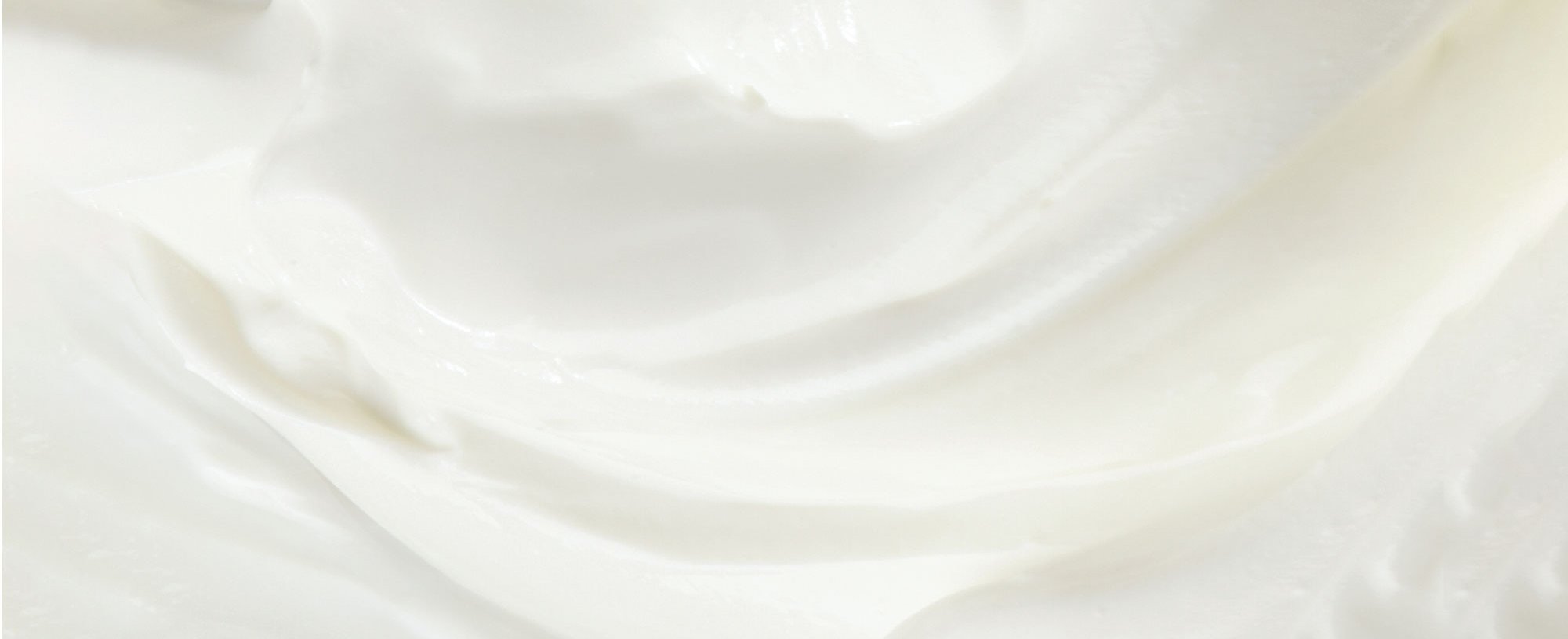As bold new hairstyles emerge, these trends and techniques are breaking all the old styling rules. The highlighting trend, wet balayage has been circulating the beauty world and challenging the cardinal rule of adding bleach to wet hair. While it’s no secret, bleach can damage damp hair, there are a few reasons why this trend works and when it’s okay to use it on your strands. Keep reading to learn more about when you can and can’t bleach wet hair.
Can You Bleach Freshly Washed Hair?
We’ll cut to the chase—yes, you can bleach wet hair. However, just like when dyeing your hair, it’s a good idea to avoid washing your hair right before a bleaching process. This is because your hair’s natural oils can actually serve as a protective barrier for your scalp, helping to prevent irritation during the bleaching process. If you want your colorist to wet bleach your strands, they won’t give your mane a full wash beforehand. Rather, they’ll give your hair a quick rinse at the sink or spritz it with a water bottle. That said, there is a time and place for bleaching wet hair—and specific reasons why you’d opt for bleaching wet hair instead of dry hair.
When Is It Okay To Bleach Wet Hair?
While it’s not the typical practice, there are actually quite a few reasons for bleaching wet hair, and we’ve listed the three most common, below.
1. To Lighten Your Hair Faster
As it turns out, wet hair lightens faster. If you’re pressed for time or simply want a quick lightening method, your stylist may apply bleach to wet hair instead of waiting for it to dry.
2. For A Subtle Color Change
If you’re applying bleach to wet hair, keep in mind that the color of your strands won’t lift as much as it would if applied to dry hair. This is because the water on your hair will dilute the bleach, resulting in softer results. For a subtle color change, your colorist may use bleach on wet hair. This technique is usually best for lifting your strands only one to two shades.
3. To Brighten Up Your Ends
Wet bleaching lends itself perfectly to the wet balayage technique. After highlighting your hair when dry, allow the foils to process, then rinse the bleach from your hair. Apply a bit more bleach to your wet ends and this will add an extra boost of subtle definition for a beautiful, sun-kissed mane.
Should You Bleach Wet Hair At Home?
With more knowledge of this hair coloring technique under your belt, you may be tempted to try this lightening method at home. But before you reach for the bleach, your best bet is to book an appointment at the salon. Since your hair is at its most fragile state when wet, bleaching can cause some serious damage if not done right. Your colorist will know if bleaching wet hair is the right method to achieve your desired look—or if another lightening technique would be a better route.
If you’re set on at-home bleaching, Use the L’Oréal Paris Feria Hyper Platinum Advanced Lightening System Bleach and forgo the wet hair. Or book a consultation with the L'Oréal Paris HairColor Concierge, where an expert can help you navigate the at-home hair bleach kit’s specific instructions.
Next: How Long Are You Supposed to Leave Bleach On Your Hair?
Photo Credit: Shutterstock







